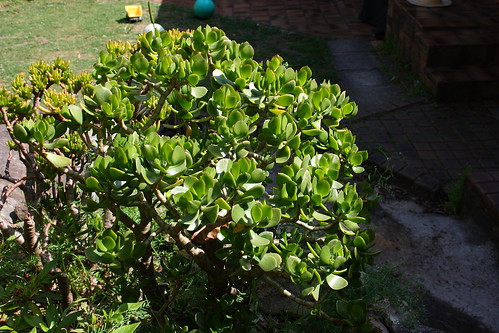Ommatoiulus moreleti
These little guys are always crawling about somewhere in the garden. I’d never looked them up before and had always assumed it was a local centipede but after some searching I think it’s the introduced species known as the Portuguese millipede.

I’d assumed it was a centipede because it didn’t have a huge number of legs. Generally millipedes have more legs than centipedes but despite the names centipedes don’t have exactly 100 legs and millipedes don’t have 1000. One of the ways you can tell what animal you’re dealing with is that centipedes have only one pair of legs per body segment while millipedes have two.
Portuguese millipedes were accidentally introduced to Australia in 1953 possibly in ship ballast. They may have been introduced on several separate occasions, they are now spread over large parts of South and Eastern Australia, they are also found around Perth in Western Australia. They have no known predators and can breed to plague proportions. In 2002 50 trains between Melbourne and Ballarat had to be cancelled or delayed because Portuguese millipedes on the rails had been squashed into a gooey paste that prevented the trains from getting traction!

I found this one in the bush just behind our house. While I was taking the photo I got bitten on the toe by a bulldog ant. Quite painful! It started with a mild sting then over 30 minutes became a strong dull ache over my whole toe. I can’t feel any pain now but from past experience it will flair up again tomorrow.





